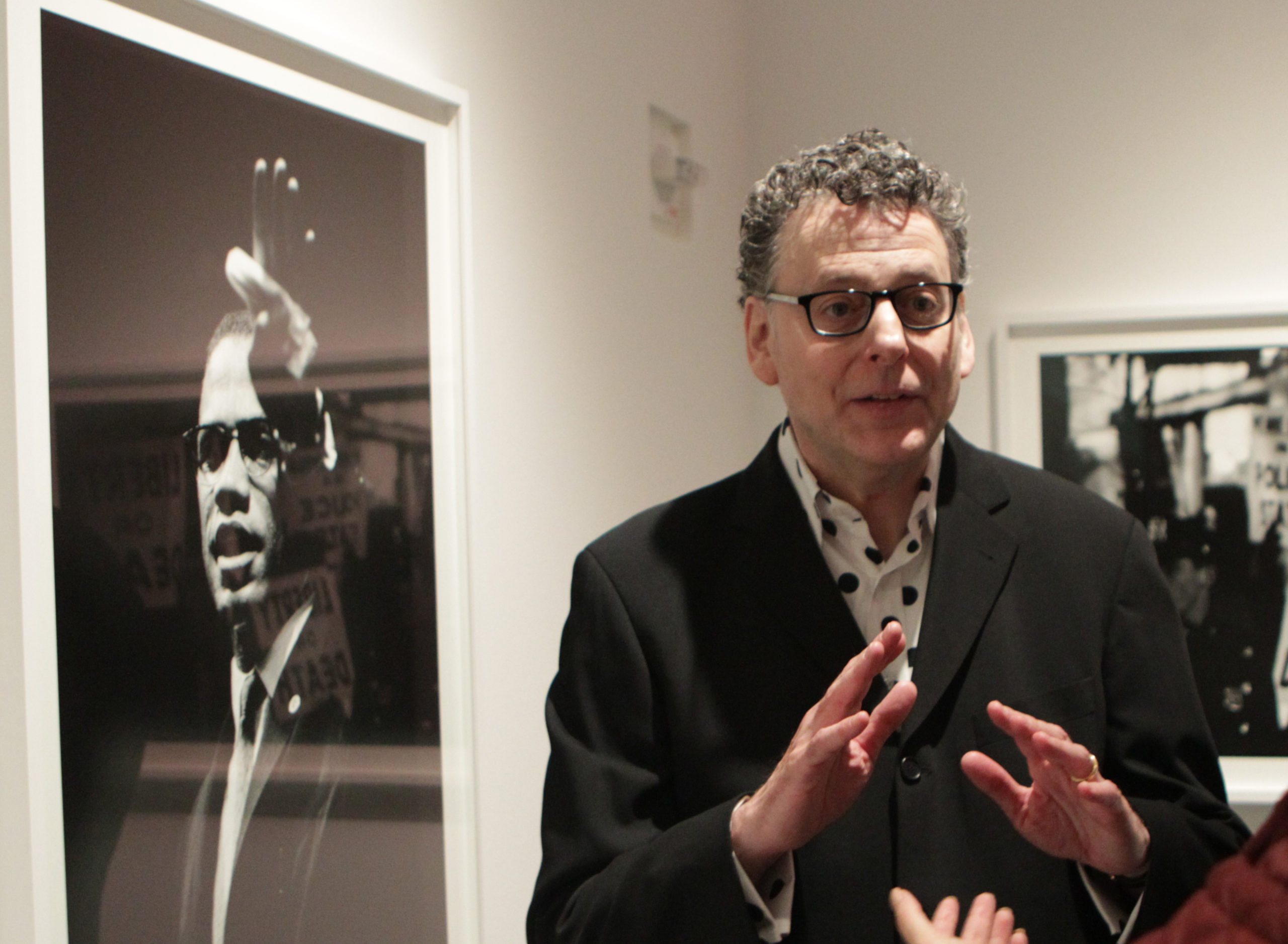Remembering Writer and Curator Maurice Berger (1956-2020)

Maurice Berger, curator, critic, and art historian, passed away on March 23, 2020 of coronavirus-related causes. Berger was a formidable and forceful voice against racism in art and the art world, and dedicated his life to questioning how race drives economic, civic, and artistic inequality. He was awarded an Arts Writers Grant in 2014.
Berger, who was white, Jewish, and gay, was born and grew up in the Lower East Side of Manhattan, a neighborhood consisting mainly of Black and Puerto Rican families. He writes about his experience as a witness to racial inequality, and how racist ideas proliferate within quotidian environments in his groundbreaking memoir, White Lies: Race and the Myth of Whiteness, published by Farrar, Straus, and Giroux in 1999.
Berger received an Arts Writers Grant in 2014 in support of his column on the New York Times’s Lens blog, “Race Stories.” Berger continued his anti-racist project with this column, for which he wrote about photography and its relationship to representations of race and politics. He wrote about artists such as the photographers Robert Frank, the group Kamoinge, Jill Freedman, Lee Friedlander, and Gordon Parks. Writing about Pete Mauney’s “Between the Storms,” Berger explored an idea central to his work on race: “the need for white people to examine whiteness itself in order to confront unspoken privilege and the lack of diversity in their lives and work.” For another article, Berger addresses a photograph by Bob Adelman which depicts an African-American woman sitting on her knees in the middle of the street in an act of civil disobedience as part of a protracted battle against unfair hiring practices at the Downstate Medical Center in Brooklyn in 1963. Berger writes that the photograph “dispels the notion that racism and segregation were just a Southern problem. Growing up in a low-income housing project in New York, I observed the withering effects of white racism in one of the nation’s most liberal cities.”
Berger curated “For All the World to See: Visual Culture and the Struggle for Civil Rights,” which was first seen in 2011 at the Smithsonian’s National Museum of African American History and Culture in Washington, and toured widely. The artist Nayland Blake recently spoke to ArtNews about Berger’s anti-racist politics and his legacy as a curator. The curating part of Berger’s work, Blake states, was “not just about institutional critique but also about talking about where you should be looking—making clear your love for the overlooked… Get out there, and love the work of people who are not like you.”
Speaking to Berger’s unflagging attitude in fighting against racism, his original thinking, and his intellectual acumen, the artist Adrian Piper writes, “There was no hypocrisy, no shrinking from the facts, no self-protective pseudo-rationalizations to mar his thinking or his perceptions.” Critic Aruna D’Souza remembers him as a friend and colleague. “He never once talked me out of my own self-doubt,” she recently wrote for 4Columns, “it was precisely that self-doubt, or rather self-questioning, that was required of all of us wanting to lay bare the ways white supremacy structured the world. If I was doubting, it was a signal, he said, that I should be learning and listening more.”
Berger was a radical thinker and an intellectual pioneer whose contribution to art and art writing remains lasting and unforgettable.
Read articles by Maurice Berger at The New York Times.
Creative Capital administers affiliate Arts Writers Grant Program, which provides grants to visual arts writers.
